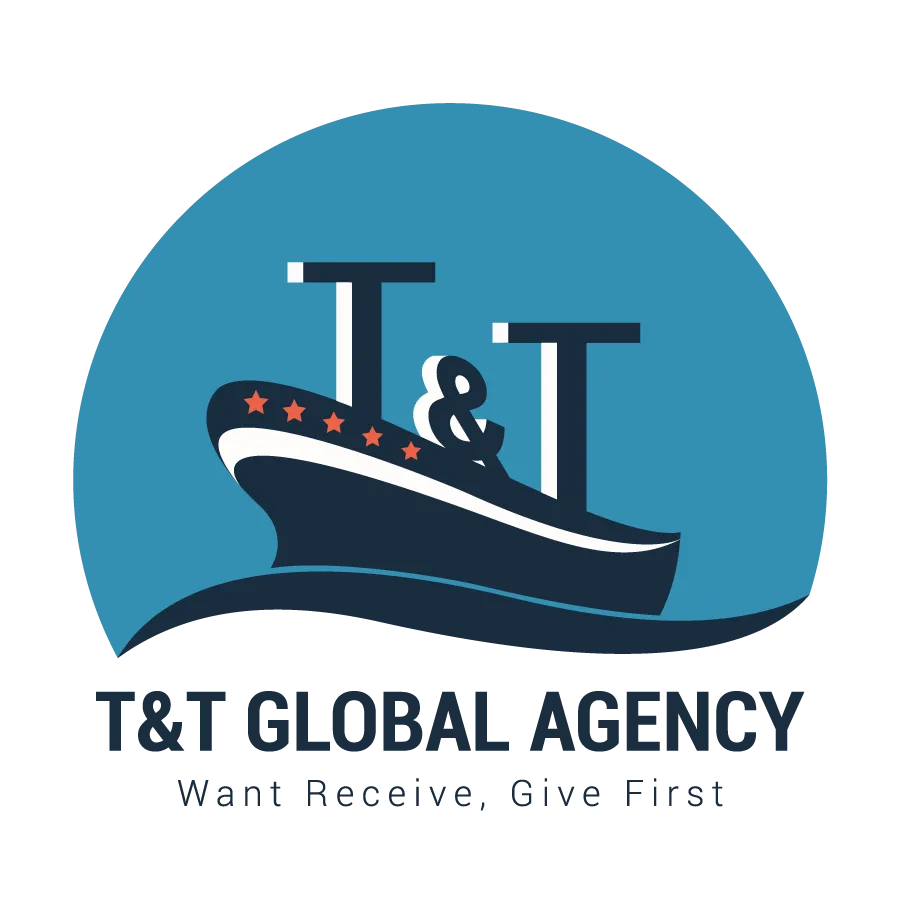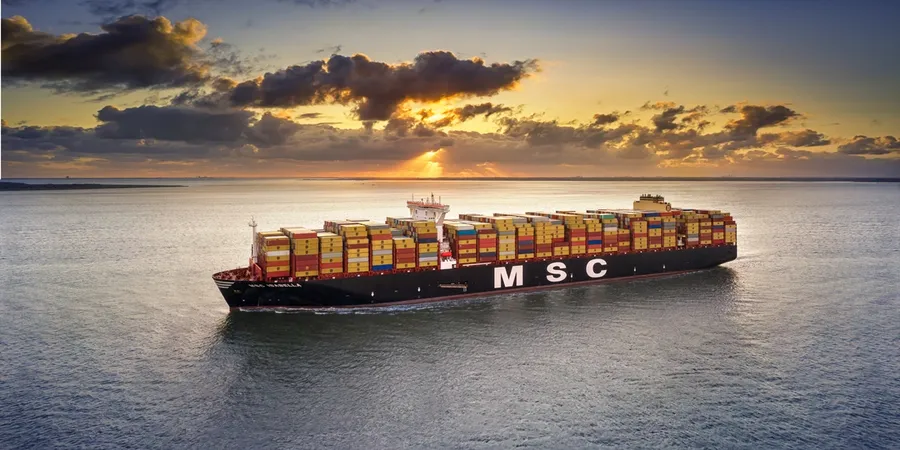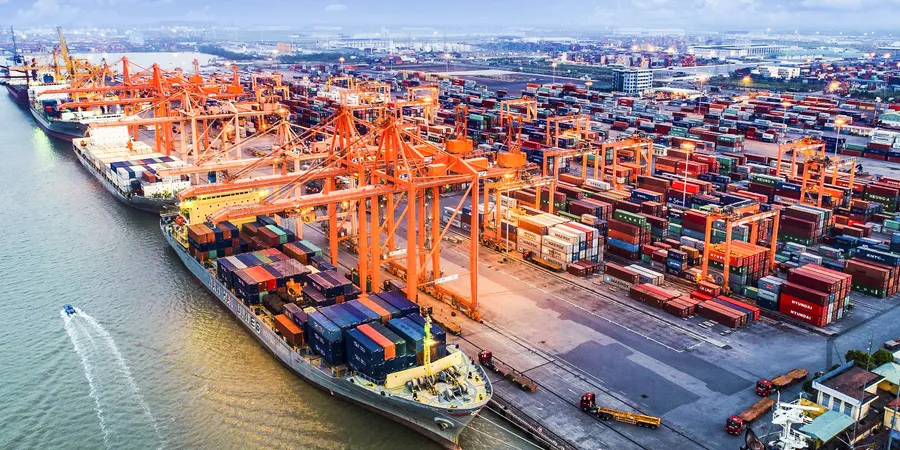CHINESE SHIPPING LINES EXITE U.S. ROUTES TO ADVOID NEW PORT FEES & TARIFFS
Starting in October 2025, the U.S. will introduce new port fees on vessels owned or built in China, rising from $50 per net ton to as high as $140 per ton by 2028.
Starting October 2025, the U.S. will impose new port fees on vessels owned or built in China, beginning at $50 per net ton and rising annually to:
-
2026: $80/ton
-
2027: $110/ton
-
2028: $140/ton (cap)
Each vessel will be charged up to five times per year, meaning mega-ships could face millions of dollars in extra costs per voyage.
COSCO and OOCL: Heavily Exposed
-
52% of COSCO’s fleet is Chinese-built.
-
90% of its newbuilding orders are also in China.
-
This makes COSCO the most vulnerable carrier, with limited ability to redeploy vessels. The group may cut U.S. sailings or rely more on Ocean Alliance partners like CMA CGM and Evergreen.
CMA CGM: Fleet Redeployment
-
Out of its 670 vessels, only about 30% are Chinese-built.
-
CMA CGM has already announced a global fleet redeployment, shifting Chinese-built ships away from U.S. services and using Japanese and South Korean vessels instead.
Other Carriers: Maersk, MSC, Evergreen
-
Maersk: ~27% Chinese-built fleet.
-
MSC: ~33%.
-
Evergreen: ~36%.
These carriers face added costs but have more flexibility to adjust, choosing non-Chinese-built vessels for U.S. services.
Transshipment via Southeast Asia
To bypass direct fees, many Chinese exporters are routing cargo through Singapore, Vietnam, and Malaysia. Indirect exports from China via Vietnam to the U.S. rose 30% in May 2025, reaching $3.4 billion.
However, the practice of “origin washing” has triggered tighter inspections across ASEAN countries, as the U.S. pressures partners to prevent false certificates of origin.





